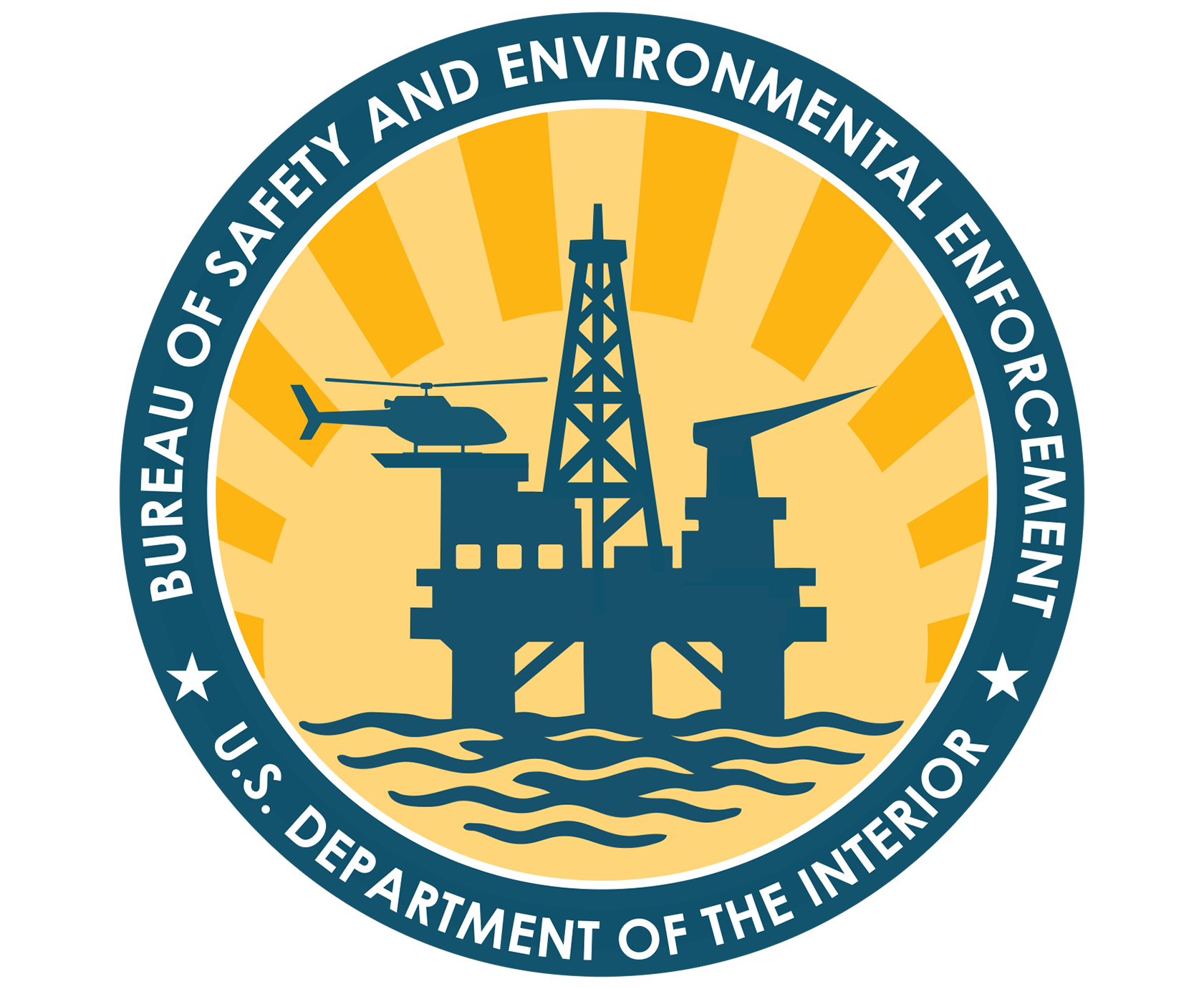Vortex-induced vibration (VIV) is an important issue in the design of deepwater riser systems, including drilling, production and export risers. The VIV can produce a high level of fatigue damage in a relatively short period of time for risers exposed to severe current environments. The wake interference between various risers in the same riser array may also lead to collisions between adjacent risers. Suppression devices, such as helical strakes or fairings may be needed to prevent unacceptable levels of fatigue damage. The purpose of this four phase research effort was to research and to develop advanced computational fluid dynamics (CFD) tools and modeling that provide reliable prediction of riser VIV in ultra deep water environments.
Phases I & II performed three-dimensional VIV simulations using Large Eddy Simulation. The simulations were performed for low aspect ratio cylinders with periodic boundary conditions using up to 2 million grid points. The focus was to develop a quasi-three-dimensional VIV simulation program, where the riser was modeled as an elastic structure which can deform axially and transversely. During Phases III and IV, the riser structural deformation was calculated using (a) modal decomposition with pre-defined mode shapes, and (b) direct integration of the tensioned beam motion equation. CFD simulations were performed and compared with available experimental data to illustrate the capability of the present CFD approach for accurate prediction of the motion responses of flexible long risers. It was found that the riser could experience multi-mode VIV under uniform current condition. The simulation results demonstrated that the present CFD approach is suitable for VIV analysis of deepwater risers with large L/D and complex current conditions. Project completed in December 2007.
